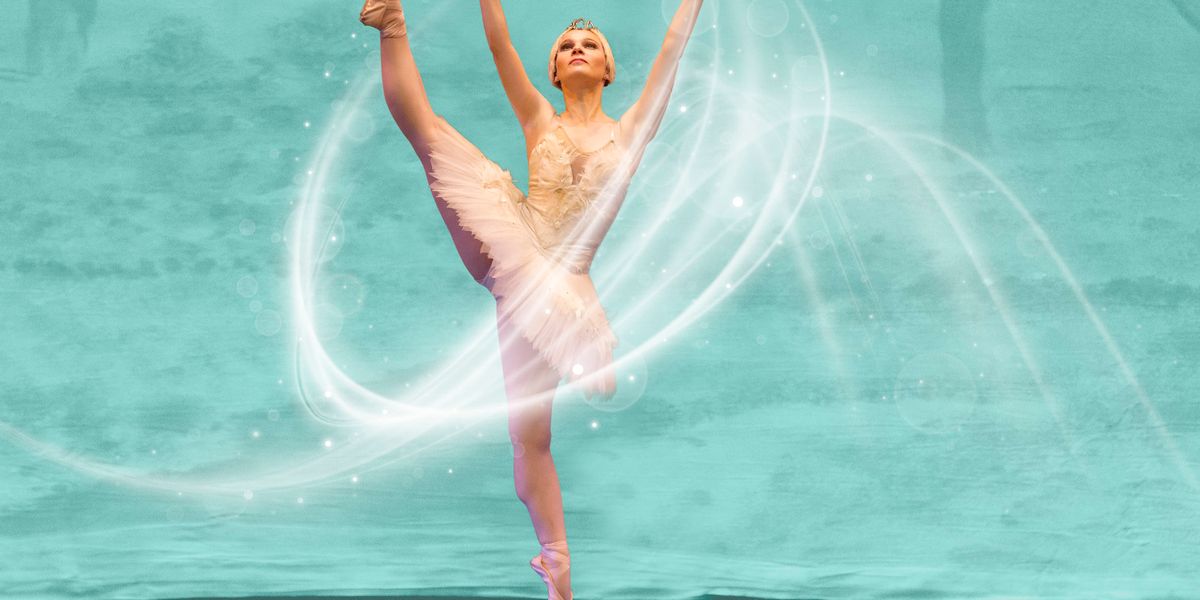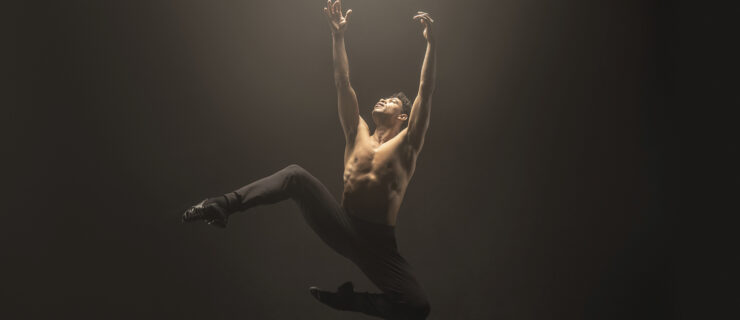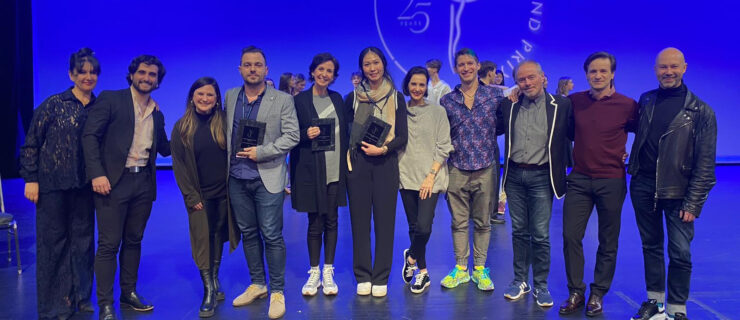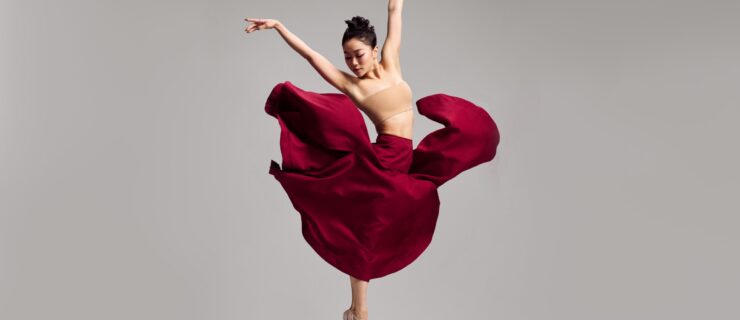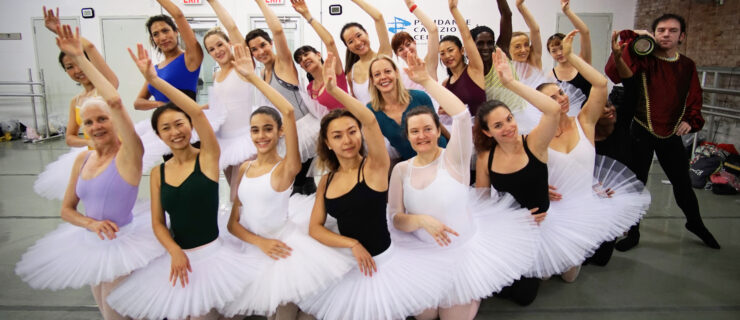US Prix de Ballet is Reimagining the Ballet Competition
The US Prix de Ballet is taking an unconventional approach to the ballet competition—by putting the competitors’ health first. After a successful first year in 2018, the Prix is returning to San Diego, CA this February with an even more comprehensive lineup of wellness workshops and master classes, in addition, of course, to the high-level competition.
Though the talent is top-notch, the environment is friendly, says HARID Conservatory faculty member Victoria Schneider, who serves on US Prix de Ballet’s elite panel of judges. “The wellbeing of the dancer is the main focus,” says Schneider, who awarded three scholarships to HARID at last year’s competition.
US Prix de Ballet
was born after its founders traveled to the Japan Grand Prix International Ballet Competition in 2016. “The company ran every aspect of the competition with professionalism, dignity, honor and precision,” says founder Neisha Hernandez. “We knew we wanted this level of experience for America.”

While other ballet competitions have master class offerings, Schneider points out that they usually run concurrently to the competition itself. “Because at US Prix de Ballet the classes are held on a separate day, I get to watch and teach the competitors,” she says. It’s a rare opportunity in the competition world for judges to see the dancer more completely, and to recognize talent and potential even when it isn’t flashing on stage, she says. Other judges/master teachers include Tulsa Ballet assistant artistic director Daniela Buson, Boston Ballet School faculty member Rie Ichikawa and director of Radford University’s ballet program Inessa Plekhanova.

But US Prix de Ballet is also going beyond the typical master class experience, with a series of wellness workshops intended to support and train dancers’ bodies and minds. Psychologist and former gymnast Sara Hickman will give a workshop designed to help dancers be their best when it matters most by managing the competitive environment of dance and reducing negative self-talk, among other strategies. “We want the emotions that they have dancing to be joy, love, and gratitude, and to normalize the idea that training their minds is part of their success,” she says. “You have to address the whole person, and the US Prix de Ballet has a wholistic model that supports the dancers in competition.”

Lisa Howell, physiotherapist and author of The Ballet Blog, will also be on deck to help dancers understand their anatomy, and how best to master it for optimal performance. “We will be looking at articulation of the feet, improving pointe range, optimizing turnout range and control, as well as the wonders of fascial mobilizers for safely increasing flexibility,” she says. Each of her workshops will teach participants a strategic warm-up sequence to do before class or performance to maximize their physical potential.
Howell emphasizes that the US Prix de Ballet is a true learning experience that will benefit dancers regardless of how their competition performance goes. “Many other competitions have no focus on dancers’ wellness,” she says. “It really highlights the values of the US Prix de Ballet organizers, and their commitment to helping young dancers grow as humans as well as dancers.”
